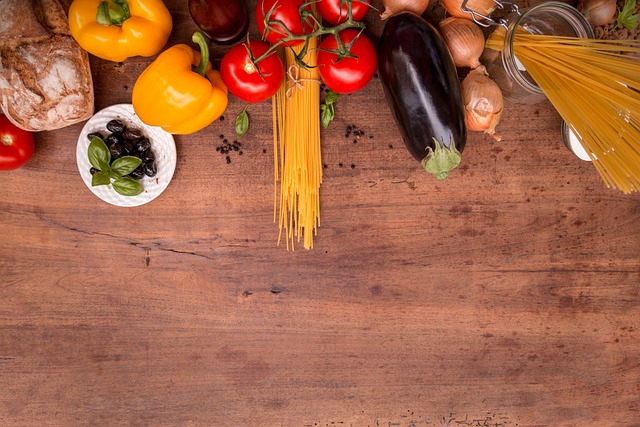
In the realm of culinary arts, there are seven fundamental techniques that every home cook should strive to master.
- Knife skills
- Sautéing
- Roasting
- Grilling
- Braising
- Baking
- Frying
These techniques form the bedrock of cooking proficiency. By understanding and honing these skills, home cooks can elevate their culinary creations to new heights.
This article aims to provide a concise and informative guide for aspiring home cooks, ensuring both safety and success in the kitchen.
Knife Skills
One essential skill that every home cook should master is improving their knife skills. Proper knife skills not only enhance efficiency in the kitchen but also ensure safety while handling sharp objects. Knife safety should always be a priority, starting with using a stable cutting surface and holding the knife correctly. It is important to keep the fingers curled under and away from the blade to avoid accidents.
Additionally, understanding the different types of knives is crucial for achieving optimal results. A chef's knife is versatile and suitable for a wide range of tasks, while a paring knife is ideal for more delicate work. Other types of knives include serrated knives for slicing bread and boning knives for separating meat from bones.
Sautéing
To continue our exploration of essential culinary skills, let us now delve into the art of sautéing.
Sautéing is a cooking technique that involves quickly cooking food in a hot pan with a small amount of oil or fat. There are several benefits to sautéing.
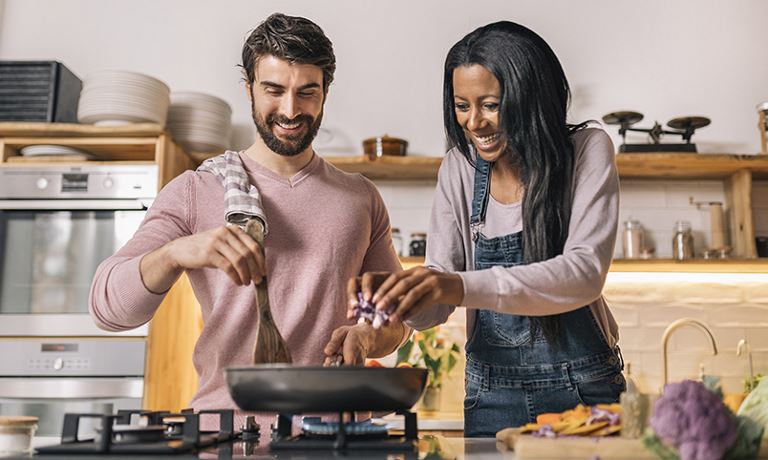
Firstly, it allows for quick cooking, which helps to retain the natural flavors and textures of the ingredients. Secondly, sautéing adds a delicious caramelized flavor to the food.
To achieve perfect sautéing, it is important to follow a few key techniques.
Firstly, make sure the pan is hot before adding the oil or fat. Secondly, cut the ingredients into uniform sizes to ensure even cooking. Lastly, constantly toss and stir the ingredients to prevent them from sticking or burning.
Roasting
The process of roasting, a fundamental culinary technique, involves cooking food in an oven or over an open flame to achieve a delicious and flavorful result. Roasting is a versatile cooking method that offers several benefits:
- Enhanced flavor: Roasting brings out the natural sweetness and depth of flavors in food, creating a delicious taste.
- Retention of nutrients: Unlike boiling or frying, roasting helps retain the nutrients in food, making it a healthier cooking option.
- Crispy texture: Roasting allows for the development of a crispy and caramelized exterior, adding a pleasing texture to the dish.
- Versatility: Roasting can be used for a variety of ingredients, including vegetables, meat, and poultry.
- Easy preparation: With minimal preparation required, roasting is a convenient cooking technique that can be easily mastered.
To achieve the perfect roast, consider the following tips:
- Preheat the oven to ensure even cooking.
- Use a roasting rack or elevate the food to allow air circulation.
- Season the food well before roasting.
- Monitor the cooking time and temperature to avoid overcooking.
- Let the roasted food rest before serving to allow the juices to redistribute and enhance the flavor.
Grilling
Moving on from the technique of roasting, another essential culinary skill that every home cook should master is grilling. Grilling is a popular cooking method that imparts a unique smoky flavor to food while also creating a delicious charred exterior.
To become a proficient griller, it is important to understand some key techniques. First, always start with a clean grill to prevent any residue from affecting the taste of your food. Preheating the grill is crucial as it helps to create those beautiful grill marks and sear the food properly.
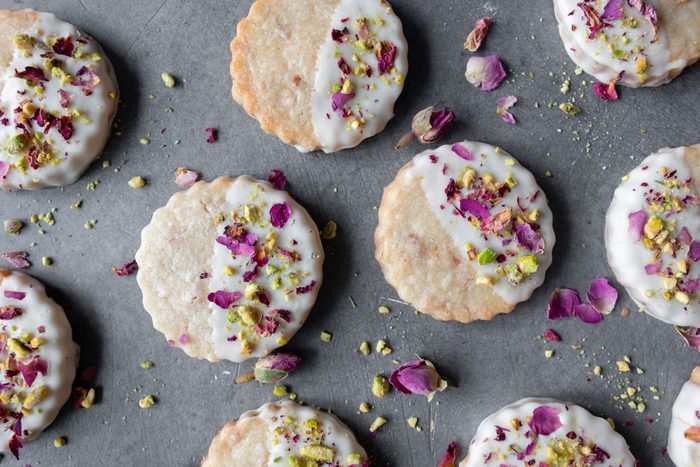
Additionally, learning how to control the heat is essential - direct heat is ideal for searing, while indirect heat is perfect for slower cooking. Lastly, remember to oil the grill grates before cooking to prevent sticking.
Braising
Braising is a fundamental cooking technique that offers numerous benefits. By slowly cooking food in a liquid, such as broth or wine, braising helps to tenderize tough cuts of meat and infuse them with rich flavors.
It's important to choose the right cuts for braising, such as beef chuck or pork shoulder, as they have a higher collagen content that breaks down during the long, gentle cooking process, resulting in succulent and melt-in-your-mouth dishes.
Benefits of Braising
One of the most advantageous cooking methods for home cooks to master is braising, which offers a multitude of benefits for enhancing flavors and transforming tougher cuts of meat into tender, succulent dishes. Braising involves searing the meat to develop a rich crust, then slowly cooking it in a liquid at a low temperature. This technique not only creates a delicious depth of flavor but also ensures that the meat becomes incredibly tender.
Here are some key advantages and techniques of braising:
- Enhanced flavor: Braising allows the meat to soak up the flavors of the cooking liquid, resulting in a rich and flavorful dish.
- Tenderizes tough cuts: Braising breaks down the tough connective tissues in meat, making it tender and easy to chew.
- Versatility: Braising can be used with a variety of meats, such as beef, pork, and chicken.
- One-pot cooking: Braising is a convenient method as it can be done in a single pot, minimizing cleanup.
- Make-ahead option: Braised dishes often taste even better the next day, making them perfect for meal prep or entertaining.
Best Cuts for Braising
When considering the best cuts for braising, it is important to select meats that benefit from the slow cooking process and yield tender, flavorful results.
Braising is a cooking technique that involves slow cooking meats in a liquid, such as broth or wine, at a low temperature. This method helps to break down tough fibers in the meat, resulting in a tender and succulent dish.
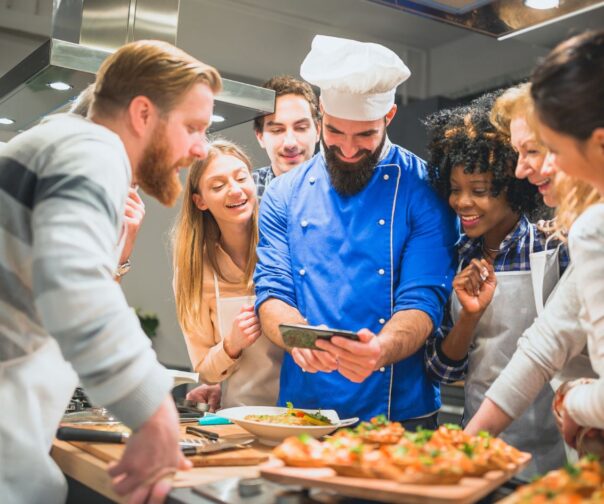
The best cuts for stewing and braising are those that have a higher amount of connective tissue, such as chuck roast, short ribs, and brisket. These cuts are well-suited for slow cooking techniques because the collagen in the connective tissue breaks down during the long cooking process, resulting in a rich and gelatinous texture.
Baking
How can home cooks master the essential techniques of baking with precision and skill?
Baking can be a challenging but rewarding endeavor. To ensure success in the kitchen, it is important to avoid common baking mistakes and learn key baking techniques.
Here are five tips to help home cooks improve their baking skills:
- Measure ingredients accurately: Use a kitchen scale or measuring cups and spoons to measure ingredients precisely.
- Preheat the oven: Preheating the oven to the correct temperature ensures even baking.
- Use the right mixing technique: Whether it's the creaming method, the folding method, or the rubbing-in method, understanding and using the appropriate mixing technique is crucial for achieving desired texture and consistency.
- Avoid overmixing: Overmixing can lead to tough and dense baked goods. Mix ingredients just until they are combined.
- Use a timer: Set a timer to avoid over or underbaking your creations.
Frying
When it comes to frying, temperature control is crucial to achieving the perfect results. Maintaining the right temperature ensures that food cooks evenly and avoids burning or undercooking.
Additionally, understanding the different types of frying, such as shallow frying, deep frying, and stir frying, allows home cooks to choose the appropriate method for their recipes and achieve the desired texture and flavor.
Temperature Control in Frying
Proper temperature control is essential in achieving perfectly fried dishes. When it comes to frying, here are some important points to consider:
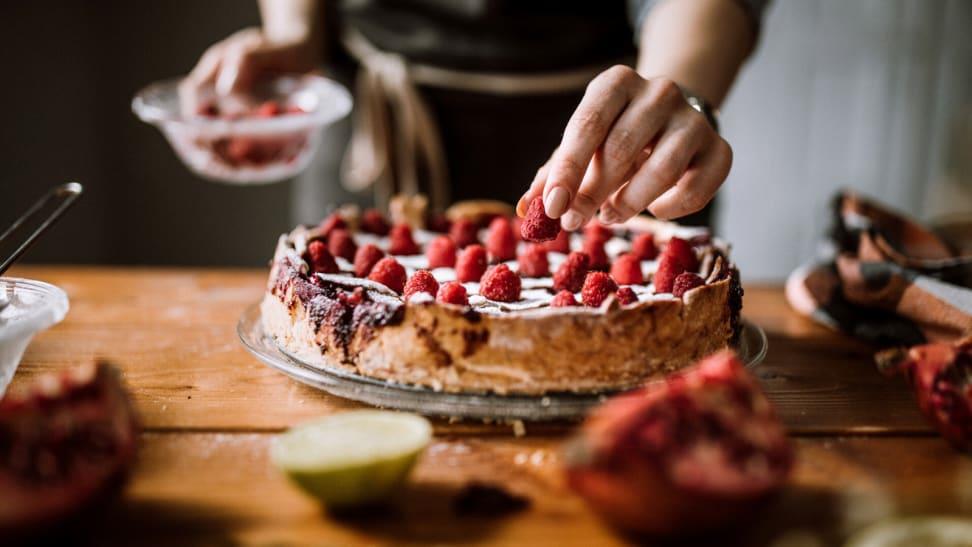
- Oil selection: Choose oils with high smoke points like canola, vegetable, or peanut oil. These oils can withstand higher temperatures without breaking down and imparting undesirable flavors.
- Importance of a thermometer: Use a reliable thermometer to monitor the oil temperature. This ensures that you maintain the correct temperature range for frying, which is typically between 350°F (175°C) and 375°F (190°C).
- Avoid overcrowding: Fry in small batches to prevent overcrowding the pan, as it can cause the oil temperature to drop and result in greasy, undercooked food.
- Preheating the oil: Allow the oil to preheat properly before adding the food. This helps to create a crispy exterior and seals in the moisture.
- Maintaining temperature: Adjust the heat as necessary to maintain a consistent oil temperature throughout the frying process, ensuring even cooking and achieving the desired texture.
Different Types of Frying
In the realm of frying, there are various techniques that home cooks should familiarize themselves with to elevate their culinary skills. Two common types of frying are air frying and deep frying.
Air frying is a healthier alternative to deep frying, as it requires little to no oil. This method uses hot air circulation to cook the food, resulting in a crispy exterior and moist interior. It is particularly suitable for foods like french fries, chicken wings, and onion rings.
On the other hand, deep frying involves submerging the food in hot oil. This technique produces a crispy and golden exterior while sealing in the moisture. It is essential to use a deep-fry thermometer to maintain the proper oil temperature and prevent the food from becoming greasy. When deep frying, it is also crucial to carefully lower the food into the oil to avoid splattering and burns.
Frequently Asked Questions
How Do I Properly Season a Knife?
Proper knife maintenance is crucial for a home cook. To season a knife, first, wash and dry it thoroughly. Then, apply a thin layer of food-safe mineral oil to prevent rust and maintain the blade's quality. Regular knife sharpening techniques also contribute to longevity and precision.
What Is the Best Type of Oil to Use for Sautéing?
When it comes to sautéing, the best type of oil to use depends on the desired flavor and smoke point. Different oils offer various health benefits and can enhance the overall taste of the dish.
How Long Should I Let Meat Rest After Roasting?
After roasting, it is recommended to let meat rest for 10-20 minutes. This allows the juices to redistribute, resulting in a more tender and flavorful final product. Resting time may vary depending on the size and type of meat.
What Is the Ideal Temperature for Grilling Vegetables?
The ideal grilling temperature for vegetables is around 400-450 degrees Fahrenheit. This high heat will help achieve a perfect char while retaining the vegetables' natural flavors and textures. Properly preheating the grill and using oil to prevent sticking are essential tips for success.
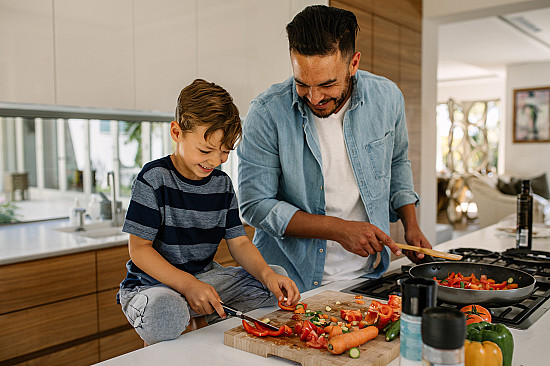
Can I Braise a Tough Cut of Meat Without Using Wine or Broth?
When braising a tough cut of meat, it is possible to omit wine or broth and use alternative liquids such as stock or tomato juice. Additionally, seasoning alternatives include herbs, spices, and aromatics to enhance the flavor profile.
 Family Craft ProjectsHome ImprovementCooking and BakingReuse and RecycleDIY GiftsEco-Friendly ProjectsDIY Home SolutionsSeasonal ActivitiesFun and GamesLearn TogetherPrivacy PolicyTerms And Conditions
Family Craft ProjectsHome ImprovementCooking and BakingReuse and RecycleDIY GiftsEco-Friendly ProjectsDIY Home SolutionsSeasonal ActivitiesFun and GamesLearn TogetherPrivacy PolicyTerms And Conditions

 Family Craft ProjectsHome ImprovementCooking and BakingReuse and RecycleDIY GiftsEco-Friendly ProjectsDIY Home SolutionsSeasonal ActivitiesFun and GamesLearn TogetherPrivacy PolicyTerms And Conditions
Family Craft ProjectsHome ImprovementCooking and BakingReuse and RecycleDIY GiftsEco-Friendly ProjectsDIY Home SolutionsSeasonal ActivitiesFun and GamesLearn TogetherPrivacy PolicyTerms And Conditions
